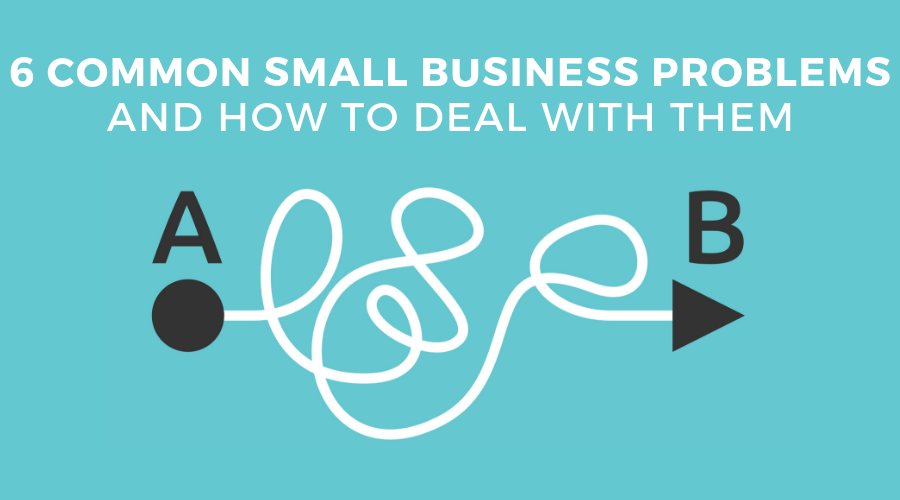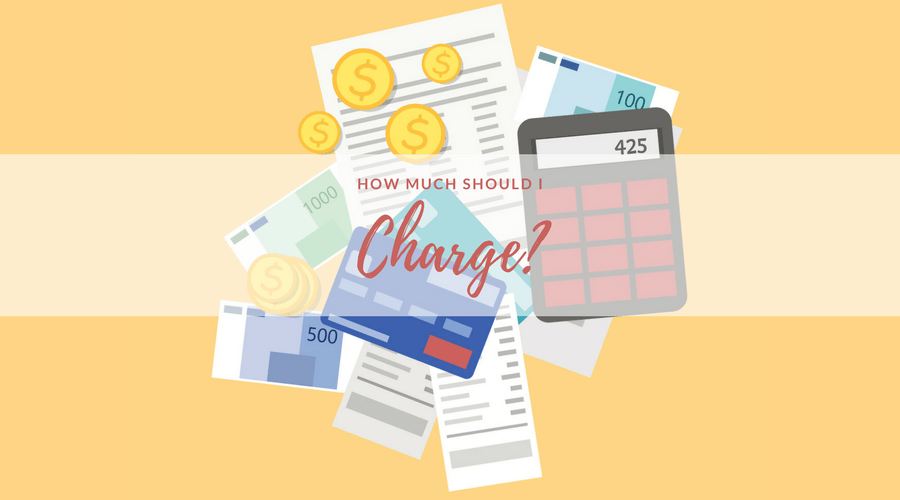6 Common Small Business Problems & How to Deal with Them

Owning your small business is a lot of work. And, you’re going to run into problems. But by dealing with those issues head-on and moving past them, you’ll be able to build a strong, successful company. Keep reading to learn some of the most common problems small businesses face and how to deal with them.
Problem #1: Trying to be a jack of all trades
Your company is your pride and joy. Naturally, you want to be involved in every decision. But, sometimes, even the simplest tasks can take up too much of your time and energy – especially when you could be focusing on growing your business and taking it to the next level. It can be hard to do that when you’re trying to do things like
- run payroll
- keep track of your employees’ timesheets
- manage time-off schedules
- keep up with mileage and expense requests
You can deal with the issue of trying to do too much by automating, delegating, and asking for help.
- Automate – There are low-cost options, like Workful, out there can help you automate some of these time-consuming but essential tasks. Things that used to take you hours can now be done in mere minutes so that you can focus on the bigger picture.
- Delegate – If you hire employees you trust, ask them to take on some of the work for you. Find out your team’s strengths and assign them tasks that match. Learn more about what things to delegate.
- Ask for help – Don’t be afraid to ask for help, especially in areas where you’re not as confident as you like to be. You can get help from friends or family and free resources, like the Small Business Administration and SCORE mentors. Read also: 7 of Our Favorite Small Business Resources
Problem #2: Hiring the wrong people
Hiring the wrong person can be expensive.
- It can bring down morale in the office, so the rest of your team won’t be as productive.
- You’ll have to spend more time managing the person.
- Your customers might notice the change in attitude or have a bad experience with the staff member, so they’ll stop doing business with you.
- You have to hire someone new, which takes a lot of time and energy.
To prevent that from happening, hire people who fit your company culture and align with your values. This takes time, so don’t rush the hiring process just because you need to fill a position.
Problem #3: Not spending enough time onboarding new hires
When you hear the word onboarding, what comes to mind? W-4 and I-9 forms? Onboarding is a lot more than paperwork, and it typically lasts longer than the person’s first week with your company. A strong onboarding experience can improve employee retention by 82% and increase productivity by over 70%.
You can improve your onboarding process by simplifying the paperwork part – including sharing company documents online – so that you can focus on other aspects. You might consider assigning your new hire a mentor and scheduling regular check-ins to see how they’re doing.
Read also: A Step-by-Step Guide to New Hire Onboarding
Problem #4: Not knowing how much to withhold
New workers fill out a W-4, so you know how much to withhold from each paycheck. But, they might also update every year, or when they have a significant life change (like getting married, getting divorced, or having a baby). Having that form is only the first step, however, because you still have to determine how much to withhold from each paycheck, which is a time-consuming process if you do it by hand.
Workful’s payroll platform makes it easier. Your team can update their withholding information right from their employee portals, and we’ll calculate their withholding for you.
Problem #5: Not knowing when or where to deposit payroll taxes
After you’ve withheld payroll taxes and set aside your employer portions of Medicare and Social Security taxes, you still need to submit them to the IRS and your state.
You can remit your payments to the IRS through the Electronic Federal Tax Payment System (EFTPS). Your deposit schedule will typically depend on your tax liability.
- If your tax liability for the previous quarter is less than $2,500, you’ll likely deposit your taxes once a quarter when you file Form 941.
- When your tax liability is over $2,500 for a quarter but less than $50,000 for the IRS’s lookback period, you’ll probably remit your payment once a month.
- If your tax liability is higher than $50,000 for the lookback period, you may be a semi-weekly depositor. In this case, your deposit schedule will depend on your company’s payday.
The IRS will assign your deposit schedule, so be sure to mark the dates in your calendar each year, so you don’t miss a thing.
Problem #6: Spending too much time in the business
When you’re first building your company, it’s normal to spend some time in the weeds – working on mundane tasks just because they need to get done. But, as time goes on, you’ll want to start spending less time in your business and more time on it – doing things that make you money.
We’re here to help. Workful’s goal is to help you streamline your processes, so you can get back to business. Start your free trial today!


